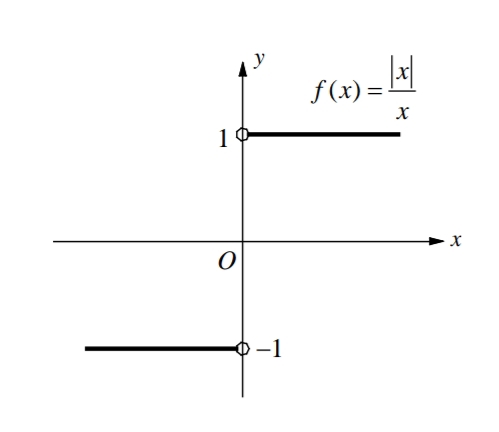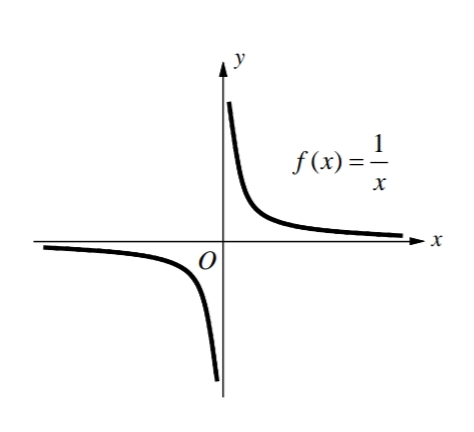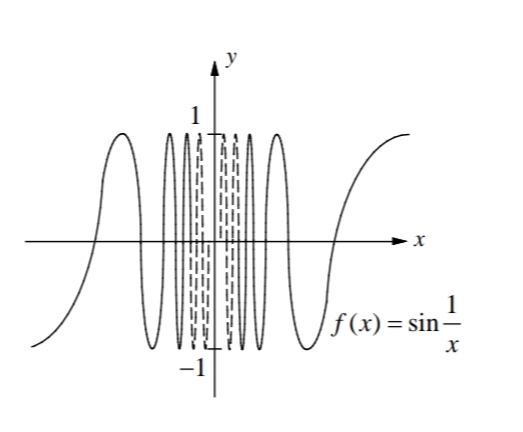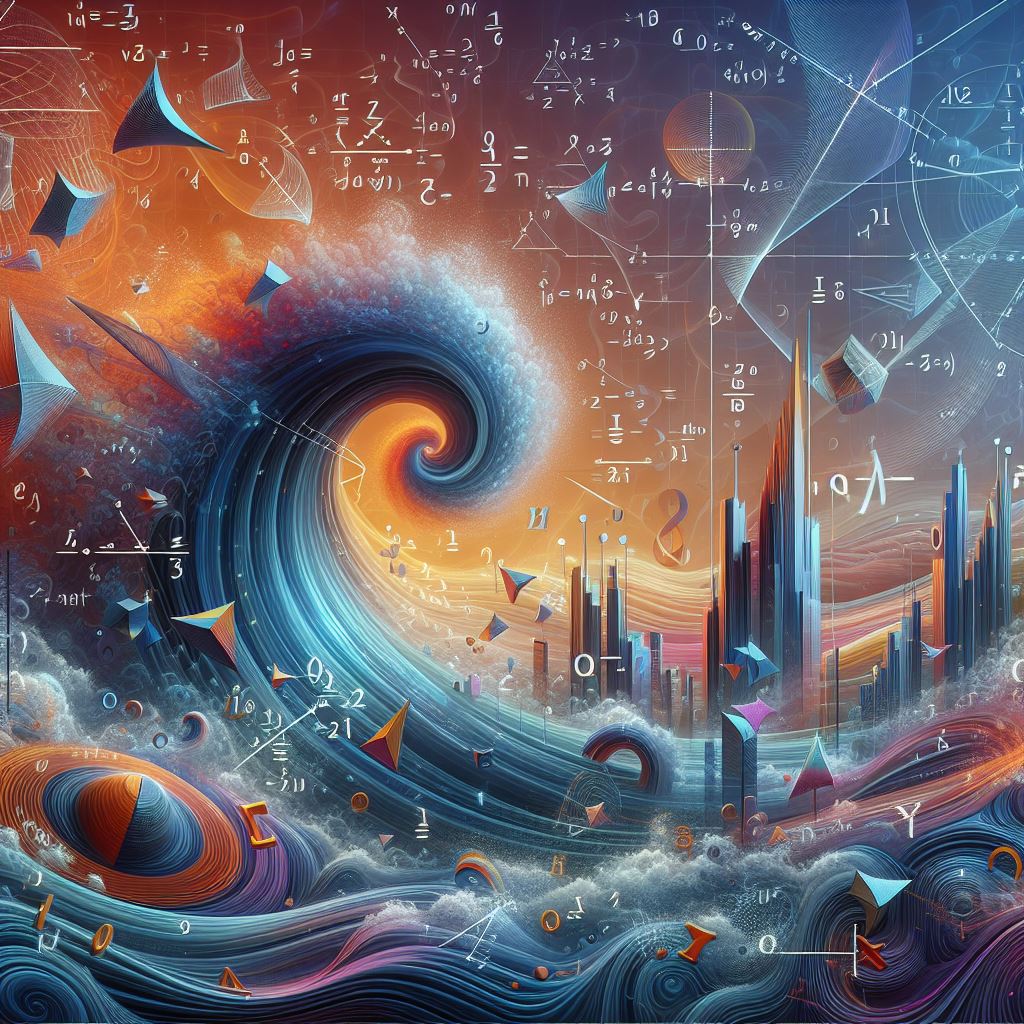Definition of Limit
The Statement
means f approaches the limit L as x approaches c.
Which is read “the limit of f(x), as x approaches c, equals L.”
Basic Limits
1. If f is the constant function f(x) = k, then for any value of c,
2. If f is the polynomial function f(x) = xn, then for any value of c,
Finding Limits Graphically
Consider the graph of the function
The given function is defined for all real numbers x except x = −1. The graph of f is a parabola with the point (−1, 3) removed as shown below. Even though f(−1) is not defined, we can make the value of f(x) as close to 3 as we want by choosing an x close enough to −1.

Although f(x) is not defined when x=−1, the limit of f(x) as x approaches −1 is 3, because the definition of a limit says that we consider values of x that are close to c, but not equal to c.
One Sided Limits
The right-hand Limit means that x approaches c from values greater than c.
This limit is denoted as
The left-hand limit means that x approaches c from values less than c.
This limit is denoted as
The Existence of a Limit
The limit of f(x) as x approaches c is L if and only if
and
Limits That Fail to Exits
Some limits that fail to exits are illustrated below.


As x approaches 0 from from the right or the left, f(x) increases or decreases without bound.

The values of f(x) oscillate between −1 and 1 infinitely often as x approaches 0.
Example 1. Find the limit.
Solution:
(c) The function f(x) is not defined when x = 0. Find the Limit Graphically.
using a graphing calculator. The limit of f(x) = (sin x)/x as x approaches 0 is 1.

Example 2. The Graph of the function f is shown in the figure below. Find the limit or value of the function at a given point.

Solution:
One-Sided Limits FAQs
What is a one-sided limit of a function?
A one-sided limit is the limit of a function as the independent variable approaches a specific value from either the left side (values smaller than the target value) or the right side (values larger than the target value), but not necessarily from both. It describes the behavior of the function as it gets arbitrarily close to a point from a single direction.
What is the notation for one-sided limits?
The notation indicates the direction of approach:
- **Left-Hand Limit:**
limx→a− f(x) = L- Reads as "the limit of f(x) as x approaches 'a' from the left is L". The minus sign indicates approaching from values less than 'a'. - **Right-Hand Limit:**
limx→a+ f(x) = L- Reads as "the limit of f(x) as x approaches 'a' from the right is L". The plus sign indicates approaching from values greater than 'a'.
How do you find or calculate one-sided limits?
To find a one-sided limit:
- **Examine the function definition:** Look carefully, especially if it's a piecewise function, to see which part of the definition applies when approaching from the specified side.
- **Graphing:** Sketching the graph can visually show where the function is heading as you move along the x-axis towards the target value from the left or right.
- **Substitution/Simplification:** If the function is continuous at the point (or on the side you're approaching from), direct substitution might work. For rational functions or those with removable discontinuities, algebraic simplification might be needed before evaluating.
- **Test values:** Pick values very close to the target value 'a', approaching from the correct side (e.g., a - 0.001 for left, a + 0.001 for right), and see what value f(x) approaches.
This process is similar to finding a regular limit, but you only consider the behavior from *one* side.
How do one-sided limits relate to the overall limit of a function?
A crucial relationship exists:
The general limit limx→a f(x) = L exists **if and only if** both the left-hand limit and the right-hand limit exist and are equal to the same value L.
That is:
limx→a f(x) exists ⇔ limx→a− f(x) = limx→a+ f(x) = L
If the one-sided limits are different or if one (or both) do not exist, then the overall limit at that point does not exist.
Why are one-sided limits particularly useful?
One-sided limits are essential tools for analyzing the behavior of functions, especially around points where the function might not be continuous or defined in the same way on both sides. They are particularly useful for:
- **Piecewise Functions:** Functions defined by different formulas over different intervals. One-sided limits are needed at the points where the definition changes.
- **Points of Discontinuity:** Understanding jump discontinuities (where the one-sided limits exist but are different) or infinite discontinuities (where one-sided limits tend to ±∞).
- **Functions with Domain Restrictions:** Like square root functions or logarithm functions, where the function is only defined on one side of a boundary point in its domain.






